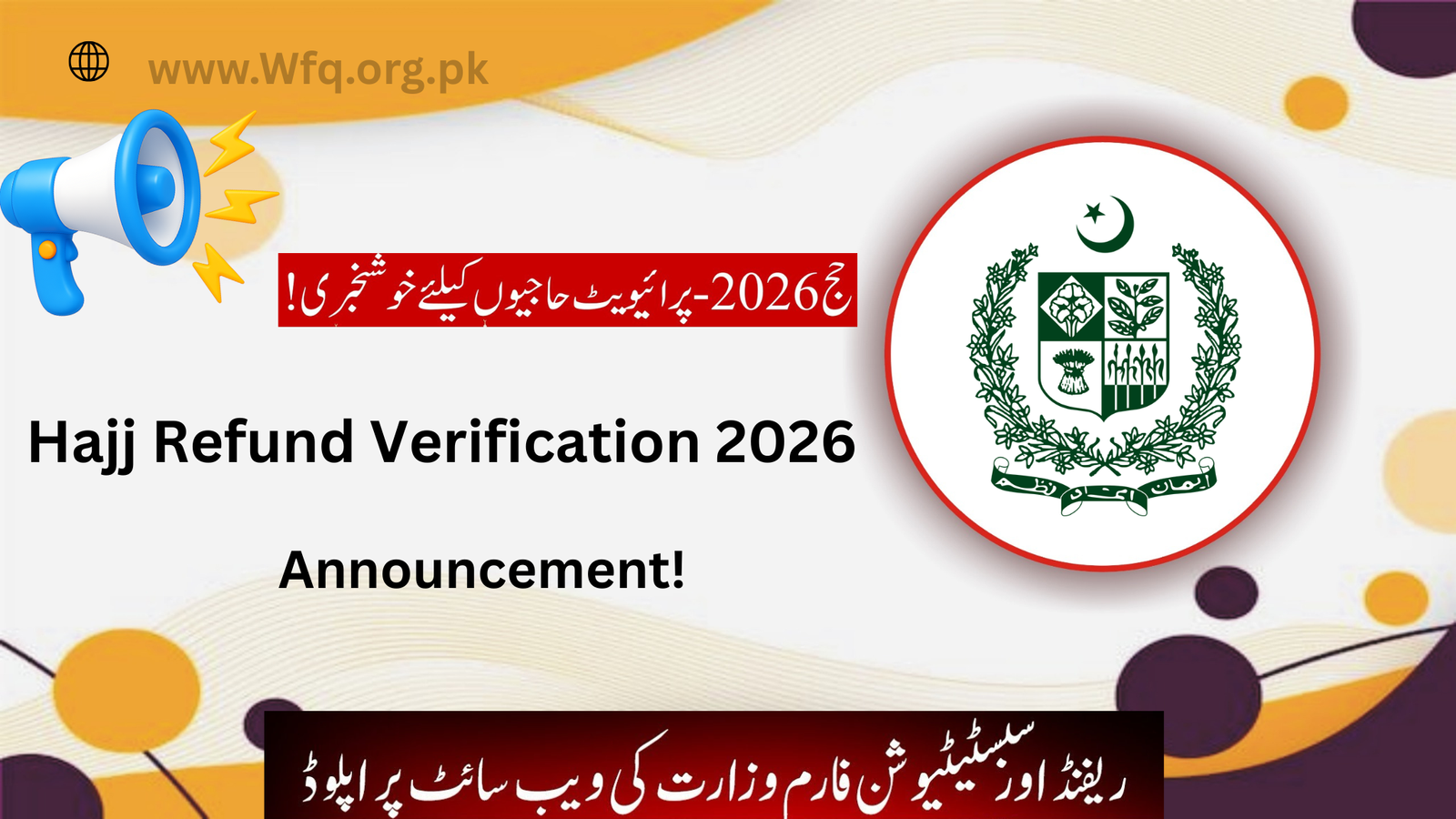Government job seekers in Sindh have great news! The SJP Jobs 2025 have officially been announced, offering multiple vacancies in different departments under the Sindh Judicial Project (SJP). Candidates from across Sindh can now apply online at www.sjp-gos.com.
In this detailed article, you’ll find everything you need to know about SJP Jobs 2025—including eligibility criteria, application process, required documents, and the official advertisement details.
Note: SJP Jobs 2025 has been Announced. All Candidates Apply Online
Sindh Jobs Portal 2025
The Sindh Judicial Project (SJP) is an initiative by the Government of Sindh aimed at improving the efficiency, transparency, and accessibility of the judicial system. Every year, SJP announces various job vacancies for qualified individuals who want to serve in different administrative, technical, and management roles.
The project focuses on:
- Strengthening court infrastructure
- Enhancing IT systems
- Improving service delivery
- Supporting legal reforms
Latest SJP Jobs 2025 Details
Here are the latest updates for SJP Jobs 2025:
| Category | Details |
|---|---|
| Organization | Sindh Judicial Project (SJP) |
| Jobs Type | Government Jobs |
| Location | Sindh Province |
| Application Mode | Online |
| Official Website | www.sjp-gos.com |
| Qualification Required | Matric to Master’s |
| Deadline | Mentioned in advertisement |
| Published Date | 2025 |
Available Vacancies in SJP Jobs 2025
The Sindh Judicial Project offers multiple positions in different categories. Some of the common posts expected in SJP Jobs 2025 include:
-
Assistant Director (Admin)
-
Data Entry Operator
-
Stenographer
-
Computer Operator
-
Junior Clerk
-
IT Support Officer
-
Project Assistant
-
Driver
-
Naib Qasid
-
Chowkidar
The number of posts and job responsibilities may vary according to the official SJP advertisement.
Eligibility Criteria for SJP Jobs 2025
To apply for SJP Jobs 2025, candidates must meet the following requirements:
Educational Qualifications
-
Matric, Intermediate, Bachelor’s, or Master’s degree depending on the position.
-
Computer-related posts require IT or Computer Science degrees/diplomas.
-
Administrative roles require degrees in Management, Public Administration, or related fields.
Age Limit
-
Minimum Age: 18 years
-
Maximum Age: 35 years (with government age relaxation where applicable)
Domicile
-
Only candidates holding Sindh domicile are eligible to apply.
Experience
-
Relevant field experience is preferred for higher-level posts.
How to Apply Online for SJP Jobs 2025
Follow these easy steps to apply online for SJP Jobs 2025 through the official website www.sjp-gos.com:
- Visit the official SJP website: www.sjp-gos.com
- Click on the “Careers” or “Jobs” section.
- Choose the desired job post you want to apply for.
- Fill out the online application form carefully with correct details.
- Upload required documents such as CNIC, academic certificates, and photographs.
- Review your application before final submission.
- Submit the form and download the confirmation slip for your records.
Documents Required for SJP Online Application 2025
When applying online, make sure you have scanned copies of the following:
- CNIC (Computerized National Identity Card)
- Domicile Certificate
- PRC (Permanent Residence Certificate)
- Academic Certificates/Degrees
- Recent Passport Size Photograph
- Experience Certificates (if applicable)
SJP Jobs 2025 Advertisement
The official advertisement for SJP Jobs 2025 will be available on the SJP website and major newspapers of Sindh like Dawn, Jang, and Kawish. Candidates are advised to read the advertisement carefully before applying.
It contains:
-
List of all available posts
-
Salary packages
-
Application deadlines
-
Test/interview schedule
-
Terms and conditions
SJP Jobs 2025 Application Deadline
The last date to apply online for SJP Jobs 2025 will be clearly mentioned in the advertisement. Candidates must submit their applications before the deadline—late or incomplete forms will not be accepted.
To avoid technical issues, apply a few days before the closing date.
Selection Process for SJP Jobs 2025
The recruitment process is conducted in multiple stages to ensure merit-based hiring:
-
Online Application Submission
-
Screening/Shortlisting of Candidates
-
Written Test (if applicable)
-
Interview
-
Final Merit List Publication
Only shortlisted candidates will be called for further tests or interviews.
Salary and Benefits
Employees of the Sindh Judicial Project enjoy attractive salary packages and job security.
| Position Level | Estimated Salary (PKR) |
|---|---|
| Assistant Director | 90,000 – 120,000 |
| Data Entry Operator | 40,000 – 60,000 |
| Clerk/Operator | 35,000 – 50,000 |
| Supporting Staff | 25,000 – 35,000 |
Additional benefits include:
-
Annual increments
-
Health insurance
-
Pension and gratuity
-
Paid leaves
-
Training opportunities
Contact Information
For any inquiries or assistance related to SJP Jobs 2025, contact the official support team:
-
Website: www.sjp-gos.com
-
Email: info@sjp-gos.com
-
Phone: Available on official website
-
Address: Sindh Judicial Project Office, Karachi, Sindh
Final Words
The SJP Jobs 2025 present an excellent opportunity for job seekers in Sindh to join a respected government project aimed at strengthening the judicial system. Interested candidates are encouraged to apply online through www.sjp-gos.com before the last date.
Prepare your documents, follow the steps carefully, and stay updated for test and interview announcements.
If you are dedicated, skilled, and passionate about serving in a government institution, then SJP Jobs 2025 are perfect for you!










![STI Jobs 2025 Online Apply Phase 2 via sti.pesrp.edu.pk [STI New Jobs]](https://wfq.org.pk/wp-content/uploads/2025/10/STI-Jobs-2025-Online-Apply-Phase-2-via-sti.pesrp_.edu_.pk-STI-New-Jobs-150x100.png)

















